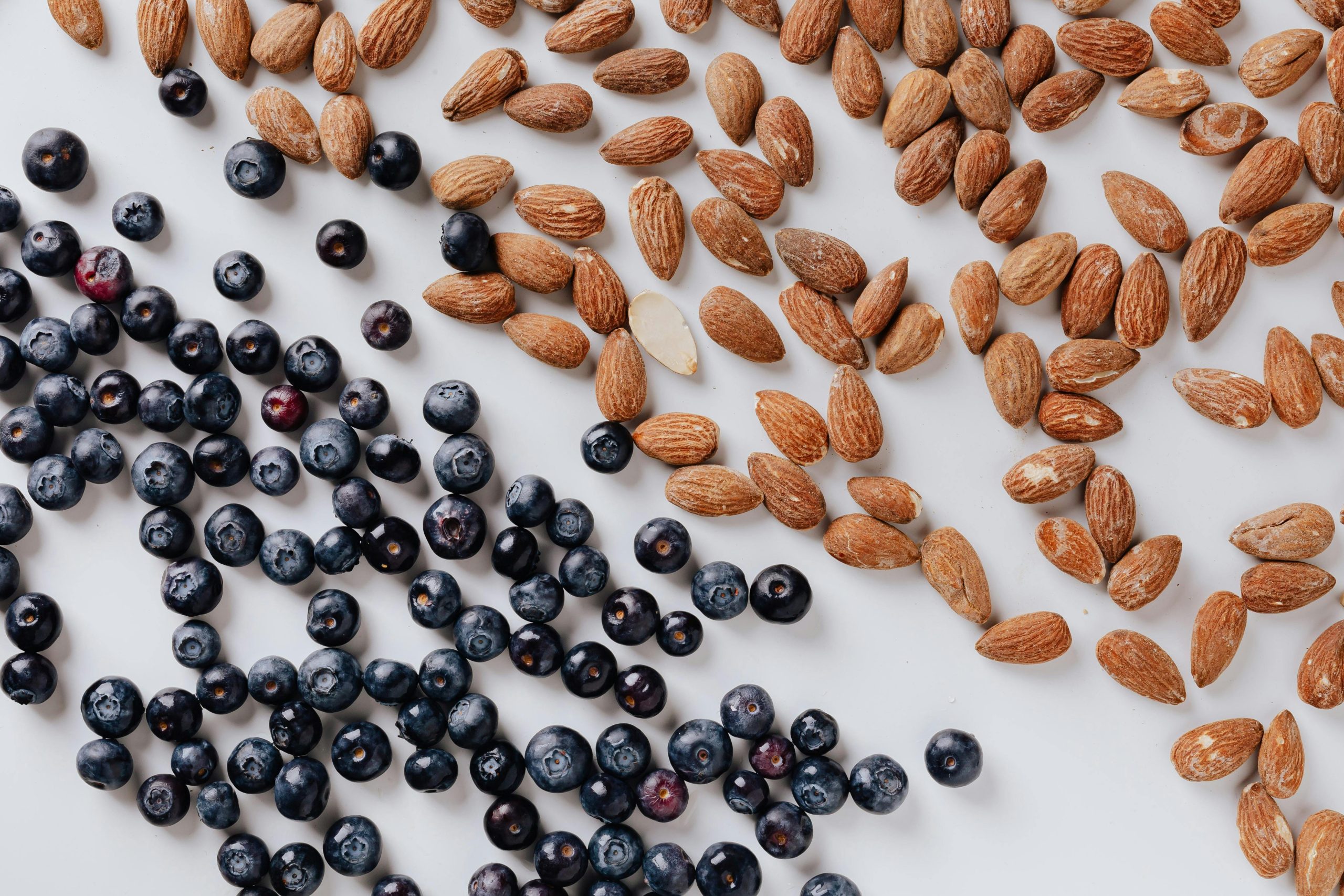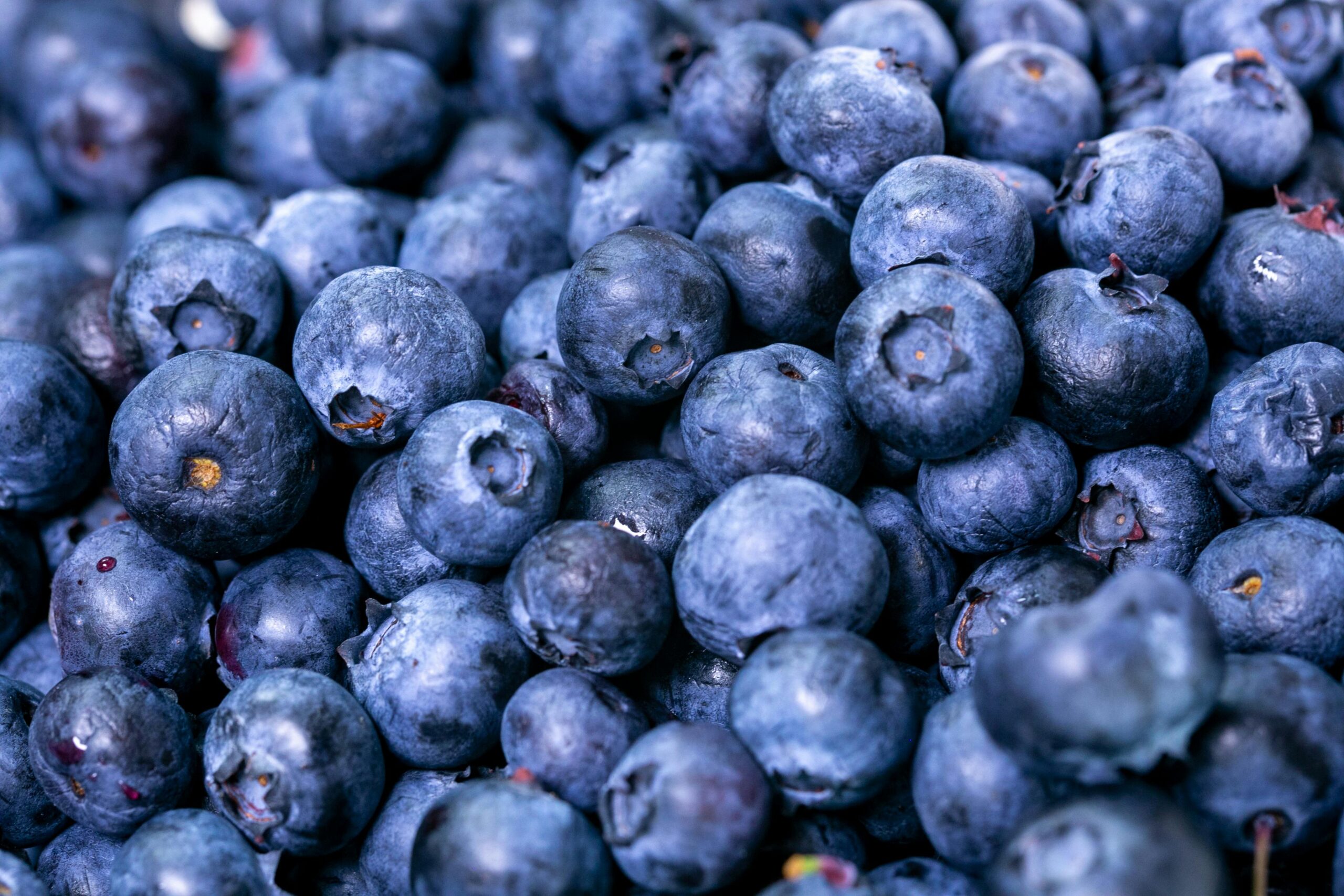Though kimchi and sauerkraut may be top of mind when thinking about fermentation, the opportunities actually stretch far wider.
In fact, the fermented food and drinks market is expected to grow by $533 million through 2026 at a CAGR of 7.34%, according to Technavio.
On a recent episode of The Food Institute Podcast, David Zilber, who heads up fermented food research and development at Chr. Hansen, discussed emerging trends in the fermented foods category.
Here are the key findings:
ENDLESS OPPORTUNITY
Zilber believes the potential for fermentation is endless.
“I think that there isn’t any sort of food that doesn’t benefit from some aspect of fermentation,” he said. “There’s really no limitation to its application.”
This is particularly true in the plant-based segment.
“There is this kind of transposing that allows plant-based alternatives to be incredible when they’re fermented because you bring this whole other set of characteristics with them from a microbial starting point and the microbes don’t need to change,” he said. “That’s the best part. We do need to find ways to adapt them to new sources, but there will always be a place within the pie chart of what humans are eating on earth for fermentation.”
Zilber recalled a report from Oxford estimating that 30 percent of the world’s calories are touched by microbes in some way shape or form.
“When you think about it, all the bread that’s eaten, all of the alcohol that’s consumed … All of these daily staples that that we cherish are fermented. They are only what they are because of microbes,” he said.
PLANT-BASED CATEGORY GROWTH
“Chr. Hansen calls the realm of plant based ‘lighthouses within the company’,” said Zilber. “These are directions they know they have to move toward … to make the company a lasting, leading voice within the field of fermentation.”
One plant-based product Zilber is doing a lot of work on is tempeh, a food made from soybeans that’s existed traditionally for centuries.
One big deficiency in tempeh, however, is a lack of b12, a vitamin that is not often found in non-animal food sources. To change this, Zilber developed a culture that naturally produces b12 from bacteria within the Chr. Hansen collection.
“You end up with a more delicious, more healthful version of tempeh,” he said, noting that the company is also finding that the culture is increasing shelf life by over a week.
He added that a way that fermentation can set plant-based products apart is by keeping the ingredients list more concise and pronounceable for the consumer.
“I am a huge proponent for formulating recipes from whole ingredients,” said Zilber. “Keeping the ingredient list short and concise and using natural processes to achieve flavor or textual properties … because it is the healthiest way to eat.”
PRODUCT TYPES THAT COULD BENEFIT FROM FERMENTATION
Zilber told The Food Institute that he thinks one of the best ways to craft and formulate recipes is by fermenting the base product. This can apply to everything from meatballs in the frozen section, to hummus in a prepared foods aisle.
He also sees opportunity for fermentation in the world of non-alcoholic beverages, primarily when it comes to flavor. “I think that’s a big and booming segment of people that want to reach for something that isn’t going to get them drunk, but still tastes like a drink that matches well with their meal and doesn’t have just tons of sugar in it.”
Additionally, byproducts and waste streams could benefit from fermentation.
“Everything from spent grain and beer production to the whey leftover from Greek yogurt production,” Zilber noted. “I think a lot of people are looking to fermentation for answers about how to reduce the impact and not just take these waste streams and send them to farms … But see the value in these products as [having] second lives for human consumption.”












